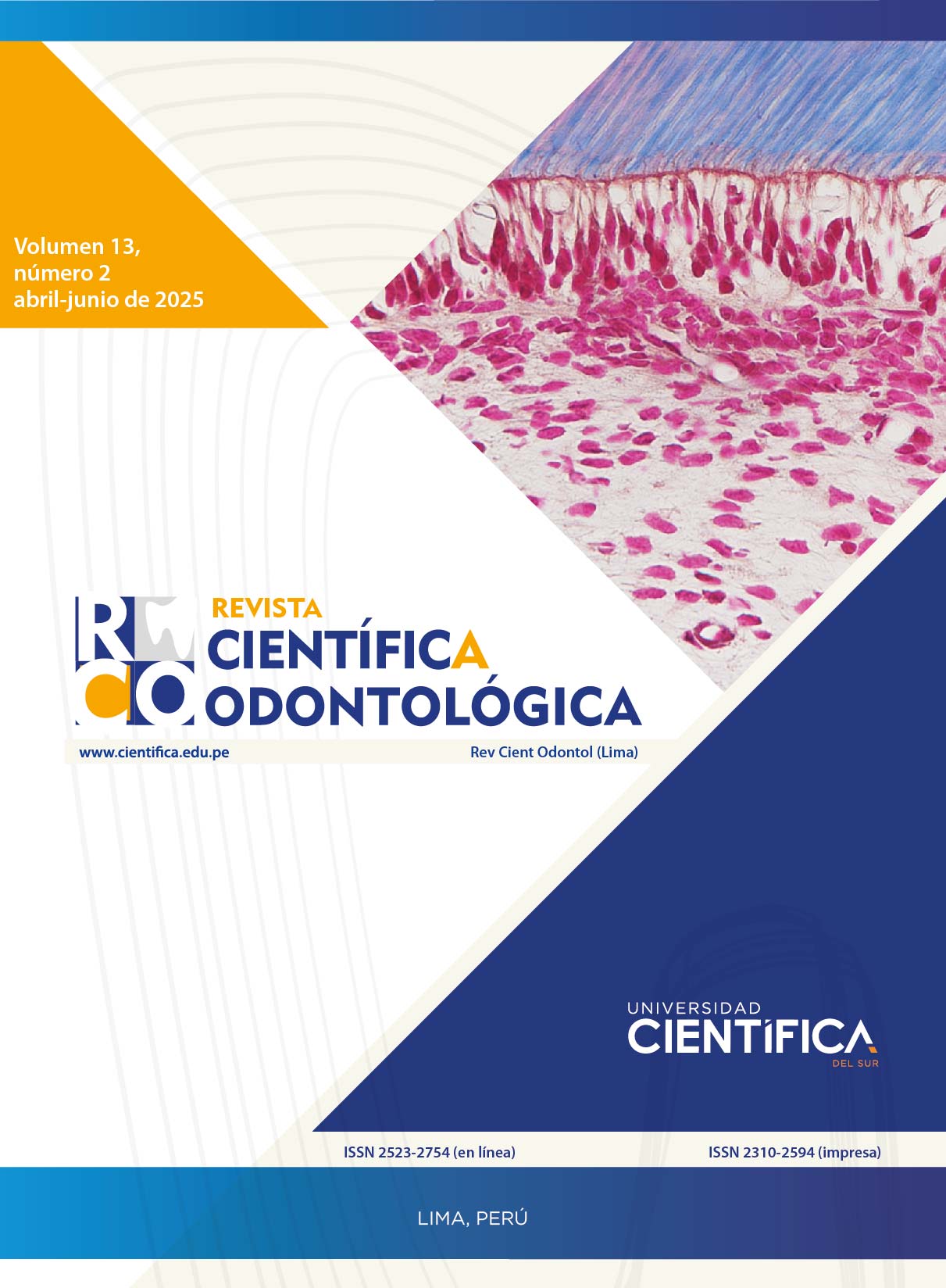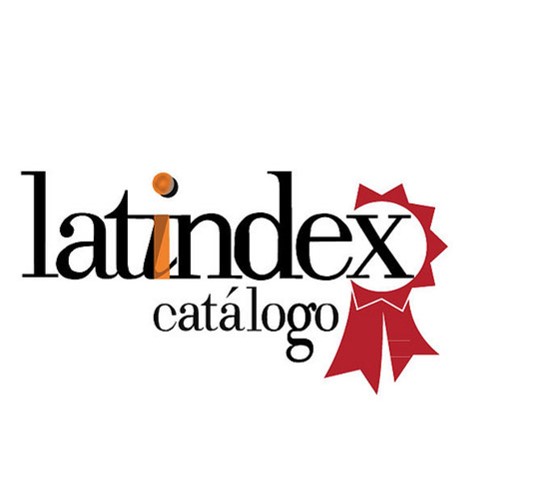A STUDY OF CORRELATION OF CHEILOSCOPY,FINGERPRINT PATTERNS AND PALATOSCOPY INSKELETAL MALOCCLUSIONS
DOI:
https://doi.org/10.21142/2523-2754-1302-2025-237Keywords:
chieloscopy, dermatoglyphics, palatoscopy, skeletal malocclusionAbstract
Objective: For early diagnosis of malocclusion various methods such as lip prints, fingerprints and palatal rugae have been studied in the past, however, this study was unique in that it takes into consideration three factors i.e., lip prints, fingerprints and palatal rugae simultaneously to correlate with malocclusion. Materials and Methods: 105 participants were equally divided as class I, class II and class III malocclusion based on ANB angle, Beta angle and Wits appraisal. The lip prints were recorded using lipstick cellophane method and were examined by Suzuki and Tsuchihashi method. For recording fingerprints, ink and stamp method was used and were analysed using Michael and Kucken method. Palatal rugae were marked on patients’ maxillary casts and examined using the Lysell and the Kapali et al classification. To investigate the relationship between lip prints, fingerprints, palatal rugae, and skeletal malocclusions, the aforementioned values were all put through the Chi-square test. Results: The lip print analysis revealed type II pattern being most predominant in all malocclusion groups. The fingerprint pattern analysis revealed Loop pattern being most predominant and arch pattern as least predominant. Whorl pattern was more frequent in Class III malocclusion compared to class I and class II malocclusion. The palatal rugae pattern revealed curved shape of palatal rugae and primary rugae as most predominant in all malocclusion groups. Conclusion: The study may have implications in allometric evaluations pertaining to anthropological, anatomical, morphological studies, however, the study may not be directly useful in early diagnosis of skeletal malocclusion.
Downloads
Downloads
Published
Issue
Section
License

This work is licensed under a Creative Commons Attribution 4.0 International License.

Este obra está bajo una licencia de Creative Commons Reconocimiento 4.0 Internacional.












